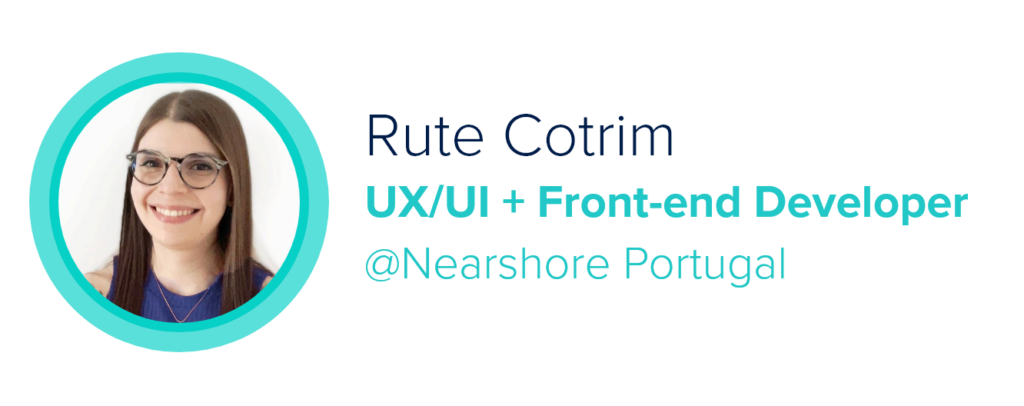I have been working as a UX/UI Designer and Front-end Developer since 2016, even though I started only as a Designer in 2013.
Coming from two complete non-related bachelors and a tech specialization, I realized that I could actually combine a lot of my learnings and experiences, turning that into a stronger role. Roles change names in time and during these recent past years new denominations emerged, aligned with this era’s needs. For that reason, what was before a so called multifaceted Web Designer did start slowly dissolving to make space for more specialized roles such as UX Designers, UI Designers, Product Designers, Interaction Designers, Visual Designers – and the list goes on. This is why I started considering myself a T-Shaped UX Designer (which stands for a UX Designer with a broad understanding of topics from UX to Front-end that has, most of the times, a deeper knowledge in a specific area, even though support on several areas is possible).
If you have a similar role to mine, you will most likely be part of a cross-functional team. This comes with positive things but also challenges, which we need to be aware of in order to not only keep delivering good work but help the team in the best way possible. While I have done it in a very summarized way, you can find below some of the particularities I gathered throughout the years by working with this (kind of) holistic approach.

1. A wider notion of what’s feasible and not only desirable
Understanding front-end development simplifies finding answers to key questions such as:
- What technologies are best suited for this project?
- How can we implement this component in a straightforward and reusable manner?
- What styling approaches should we use?
- Will this feature require significant time to develop?
- How can we ensure overall performance is optimized?
This role allows me to focus not only on visual standards but also on the feasibility of implementation.
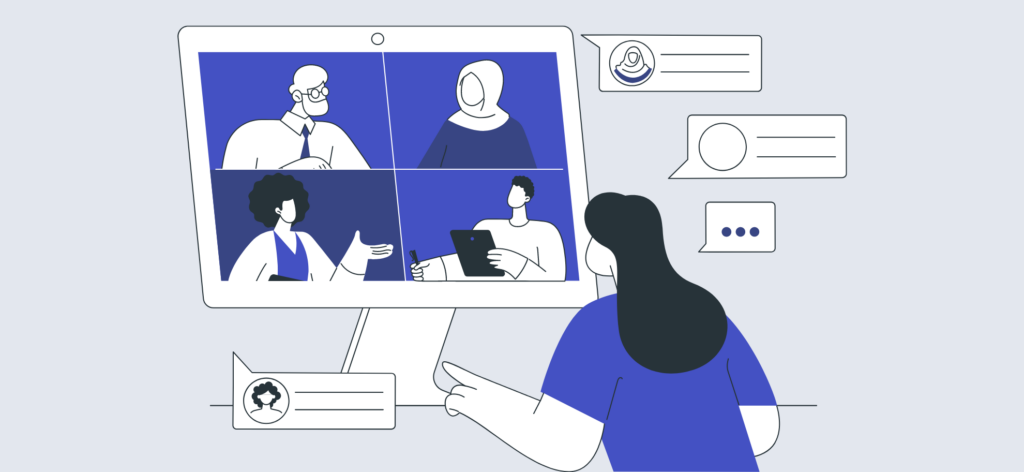
2. Communication between teams improves when you understand each other’s roles and perspectives
Some designers struggle to communicate their ideas effectively to stakeholders, as well as to product and development teams, often due to a limited understanding of the terms, concepts, and technologies involved.
By having a broader grasp of the general vocabulary and an understanding of the front-end triad (HTML, CSS, JS), the process of passing an idea and receiving constructive feedback gets easier.
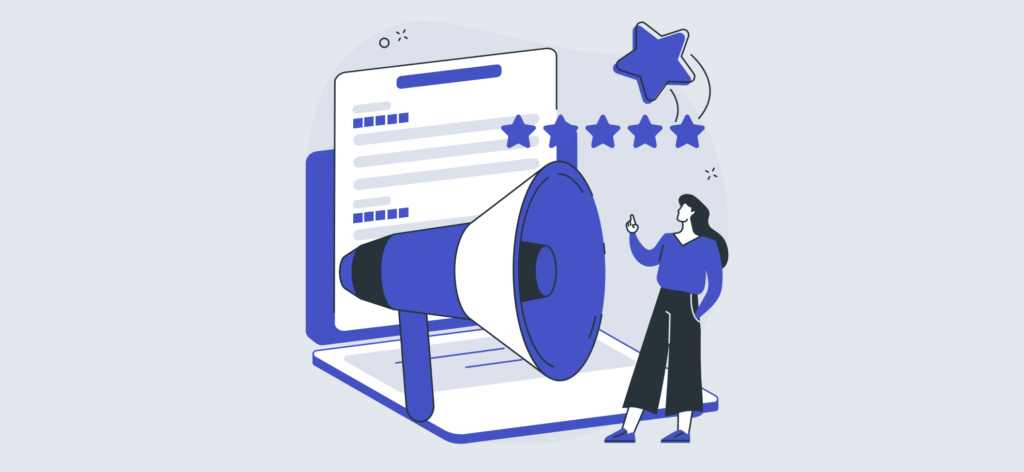
3. Opening the brainstorming/feedback game to the rest of the team is usually a good idea
While it can be challenging—especially in teams with low UX maturity where subjective opinions often blend with recommended standards and patterns—integrating developers into the creative process can be highly beneficial. This approach not only helps developers feel more involved but also allows designers to better understand potential limitations, pain points, and receive valuable feedback.
Additionally, collaborating on goal-setting together reinforces the importance of understanding each other’s perspectives, which ties back to the initial point of making it easier to bridge the gap between design and development.
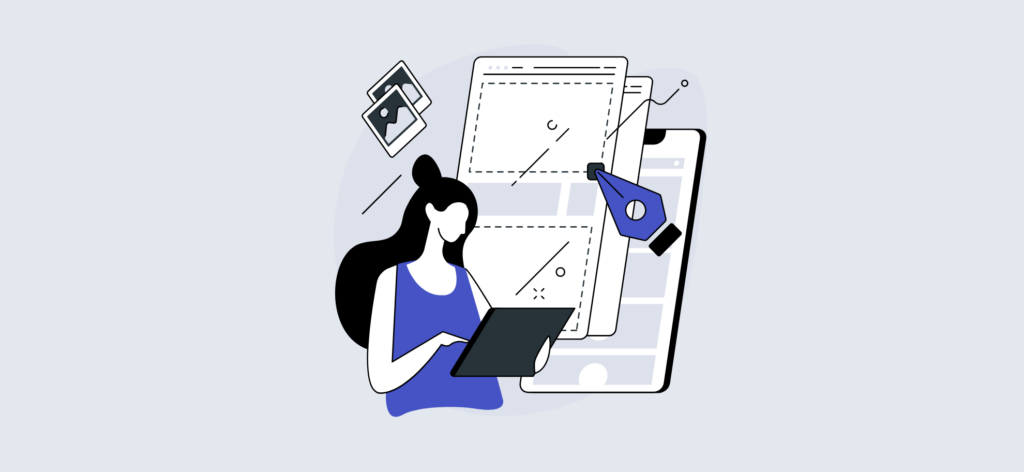
4. Accessibility is an underestimated topic, specially in cross-functional teams
Many cross-functional teams tend to concentrate primarily on the delivery phase, and having team members from various departments often results in differing opinions on what’s important. In these teams, development usually has the largest representation, which can sometimes lead to issues like accessibility being overlooked, often becoming a challenge for designers.
Patience is crucial in this context, as it can take months or even years for a company to level up its UX maturity. It’s essential to communicate to the Product team that accessibility can significantly impact a product’s success or failure. I’ve found that navigating the UX maturity journey within a cross-functional team has been also a valuable learning experience for me, making it worth the effort.
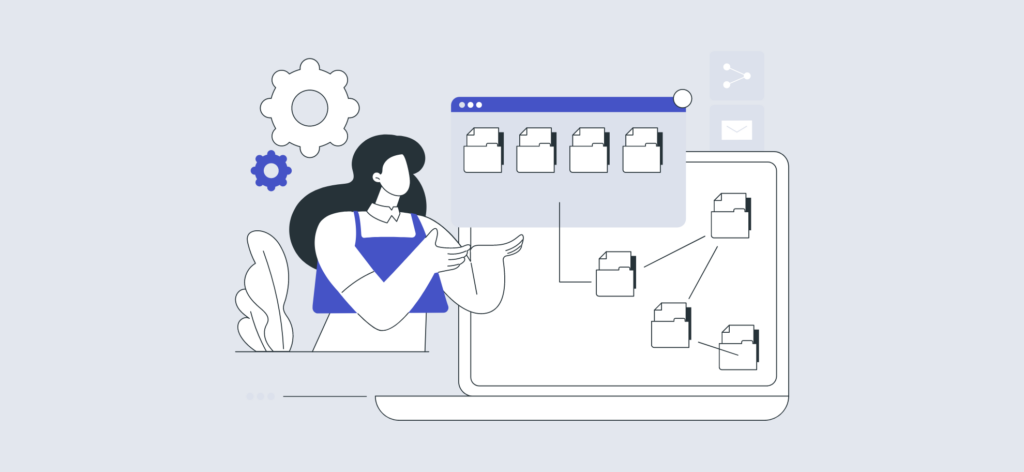
5. A well-defined and structured process benefits not only the designer but the entire team
Not only is it crucial to have a clear UX process for myself, it is also undeniable that the collaboration between designers and developers extends beyond sending emails and having calls.
From documentation to proper handoff, the process and tools used should be well discussed and defined to meet everyone’s needs, even before starting to design. Documenting everything properly (from Design Systems, general guidelines, edge cases or even simple meeting decisions) will save everyone time and reduce confusion.
To help on the coding part, making use of recent software and features, such as Figma’s Annotations, can possibly make the developer’s implementation job easier and reduce designer’s frustration by clearly stating how elements are supposed to behave. Preparing all the assets and export them, or prepare them for easy export, will also be of great help.
Last but not least, it is very important to clearly define the UX process in terms of framework, if applicable, such as creating Design Sprints that should be followed.
The goal of a Design Sprint is not to create a final product but to make it easier to loop through several phases of iteration and testing.

6. Empathy above all
Empathy is crucial for understanding the needs of users, developers, the product, and the company’s or client’s goals. A product on which all teams did their best to get to something desirable, feasible and viable for all, will definitely be a good final product.
Final Thoughts
Even though I’ve been loving this work approach, people’s points of view are divided between what’s the most important variable at the moment when dealing with UX: breadth or depth. I would most definitely recommend you go for a path that you know your strengths will come to the surface.

Looking to bridge the gap between design and development with a skilled, cross-functional team?
Our nearshore IT services can provide the expertise you need to drive seamless collaboration and innovation. Let’s build something great together—contact us today to find out how!
Blog article written by:
